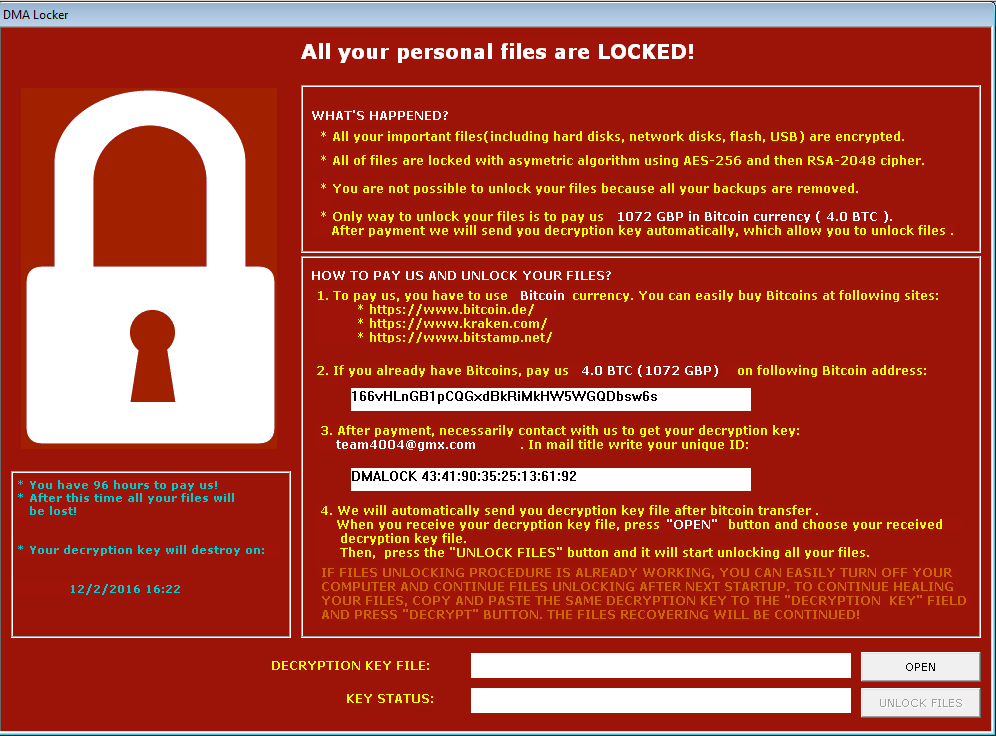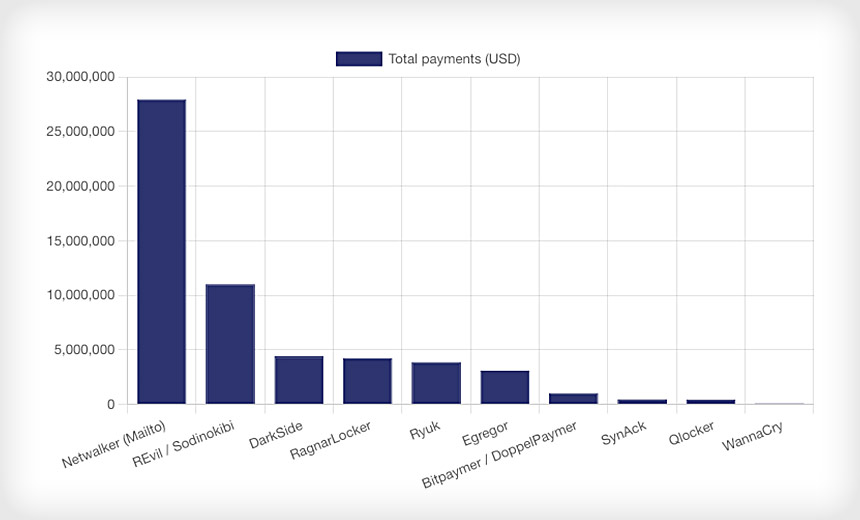
The ransomware caught attention back in November 2016 and was compared with Locky virus. However, now these viruses are considered to be of a different kind as the most of traits do not match.
RANSOMWHERE REVIEW CODE
During the fake AV tool installation, the malicious code is executed, resulting in computer infection and, later, file encryption.ĭuring the first months of functioning, Dharma ransomware was spreading as an alternative for Crysis ransomware. It appears to be an old version of ESET AV Remover and connects with the virus. Once the self-extracting defender.exe file is opened, it drops a malicious file on the system.
RANSOMWHERE REVIEW PASSWORD
When the user clicks on such a hyperlink, the password listed in the email itself can be used to get the particular file. Researchers revealed new information that malicious actors use download links.

Previously, Dharma ransomware infected Texas hospitals and some other organizations.Īlthough the newer samples of this cryptovirus show it is distributed via spam email, they deliver different files in particular campaigns. Small businesses and bigger organizations should also be cautious – at the end of March 2019, the malware hit a system of the parking lot in Canada. As long as the virus keeps presenting new file extensions, be careful with unknown emails from suspicious senders since the virus still relies on spam when spreading around. These documents are asking to contact developers via the provided email address and pay for the decryption service. Since its release, the AES or DES + RSA encryption algorithms have been used to encrypt data ransom note titles and contents might vary slightly, although they are typically called either Info.hta and FILES ENCRYPTED.txt. The malware uses a complex extension consisting of user ID, contact email, and an extension, for example –.

From the first quarter of 2019 up till now, the virus comes back with new versions. heets.ĭharma is a crypto-virus that first struck the world in 2016 and has been resurfacing with new versions regularly during recent years. This ransomware virus was discovered in 2016. What is Dharma ransomware virus? Dharma ransomware is the threat that on average demands $57,000 in cryptocurrency payments


 0 kommentar(er)
0 kommentar(er)
